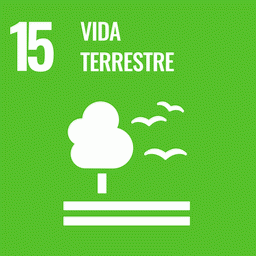The Amazon Region contains both the largest block of contiguous tropical forests and the largest river basin in the world. The Amazon Forest Biome spans an area of 6.5 million km 2 and includes Amazonian forests and the contiguous forests of the Guiana Shield and Orinoco Basin. 1 The Amazon River Basin, on the other hand, is the world’s largest river system, encompassing 6.9 million km 2, 13 major tributaries and an extensive river network (Figure 1). Arising in the Peruvian Andes, the Amazon Basin drains moist tropical forests (Amazon) and savannahs (Cerrado), flowing nearly 7,000km before reaching Brazil’s Atlantic coast. At its mouth, the Amazon discharges approximately 6,700km 3 yr-1 of freshwater into the Atlantic Ocean, representing 20 per cent of global surface river flows (Coe et al. 2008). The Basin’s native forests and savannahs return an estimated 9,600km 3 y-1 of rainwater to the atmosphere via evapotranspiration 2 (ET), helping regulate regional climate. This remarkable hydrological system supports well over one million km 2 of freshwater ecosystems (Castello et al. 2013) and is home to some of the most diverse species assemblages on earth (Reis et al. 2003, Abell et al. 2008). Subsistence and commercial fisheries are estimated to yield nearly 425,000 tonnes of fish each year, providing a vital source of protein and income for Amazonians (Bayley 1998, Goulding et al. 2003, Junk et al. 2007). The river network is the lifeblood of the regional economy, providing the primary means of food and energy production, transportation, and other vital ecosystem services.
Relatório de atividades IPAM 2019-2020
Os anos de 2019 e 2020 foram desafiadores, especialmente o último, devido à pandemia de covid-19. Para garantir a segurança dos colaboradores e de parceiros, o IPAM seguiu com rigor as recomendações sanitárias baseadas na ciência, fechou temporariamente os...
